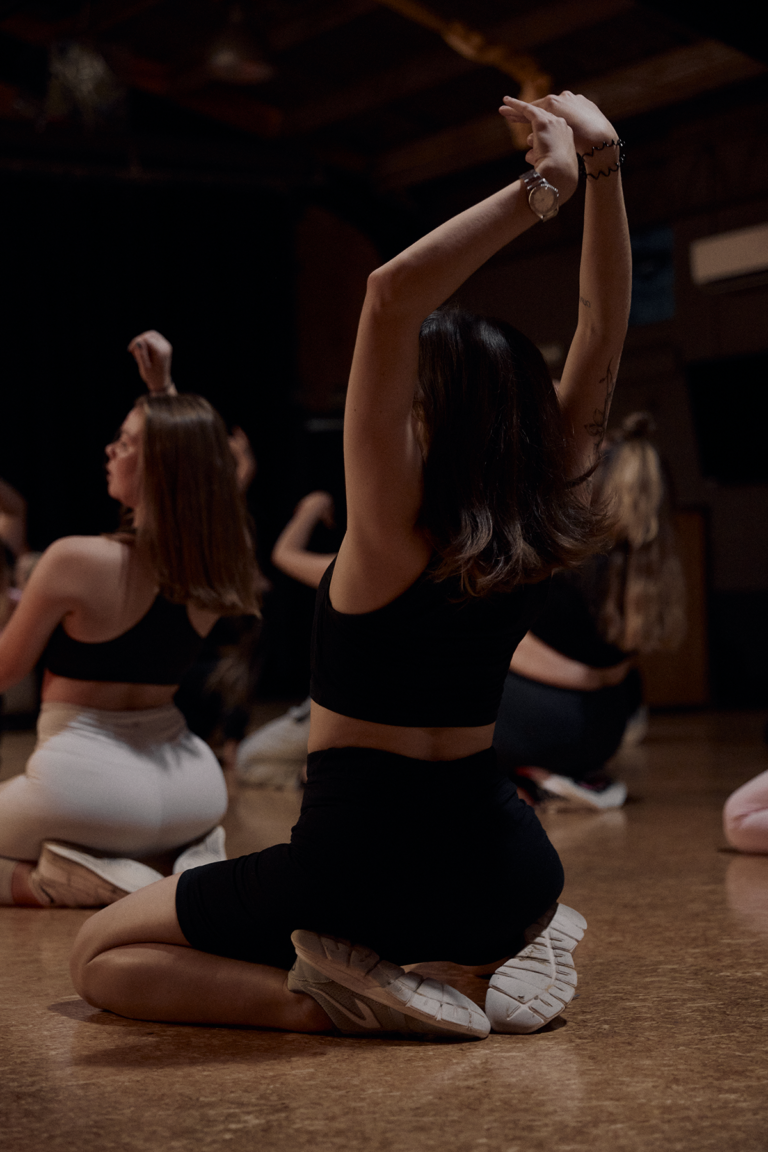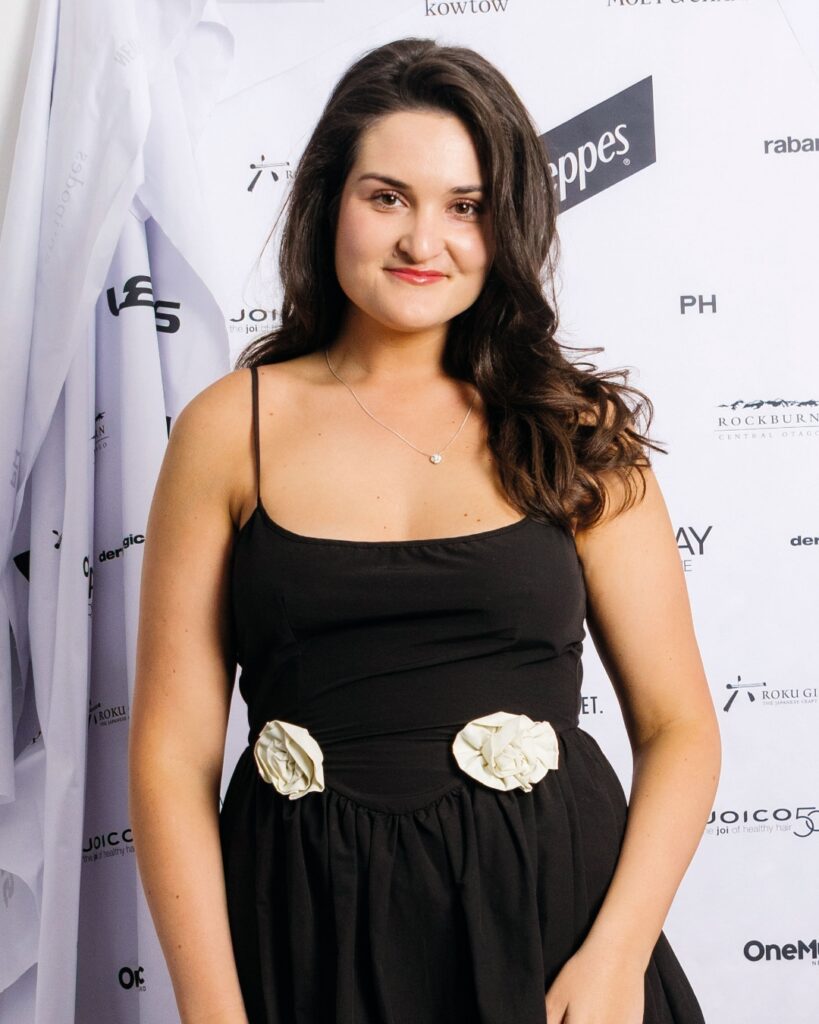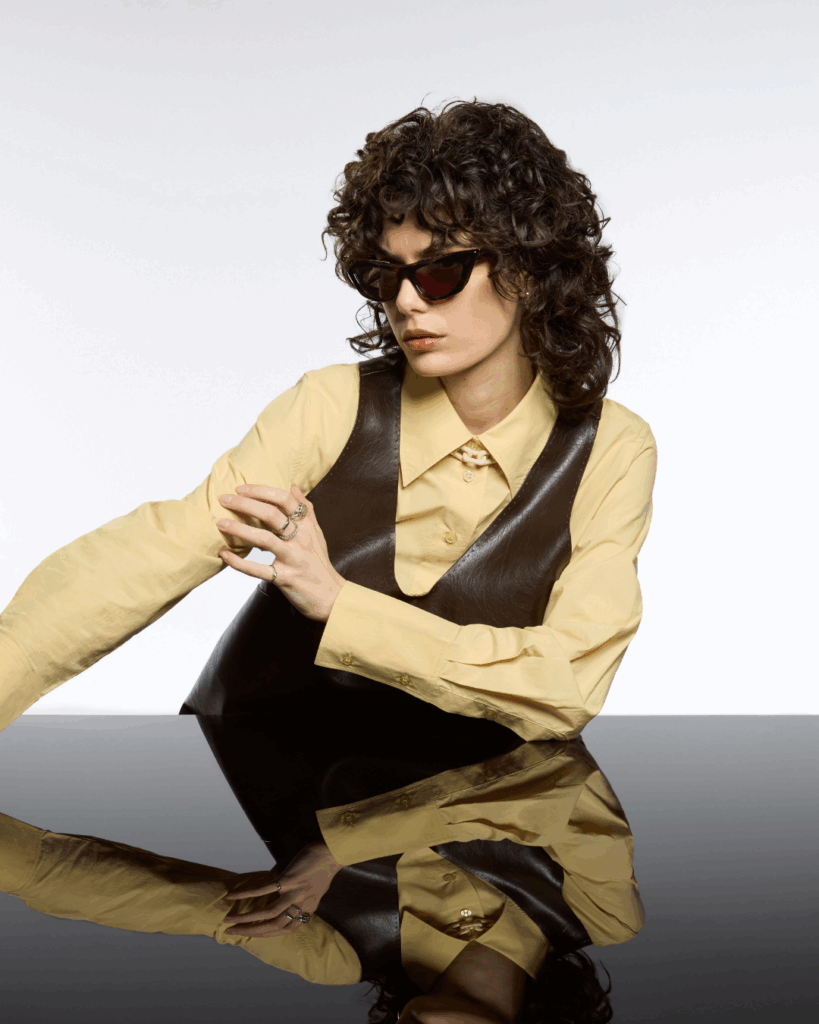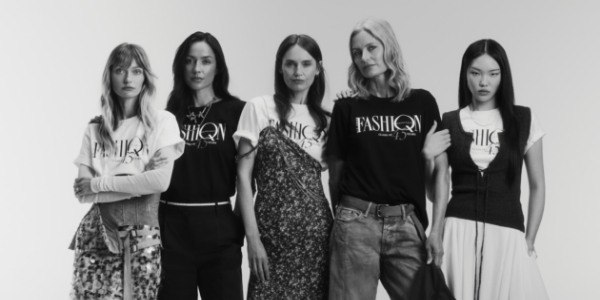
We called ourselves the Flava Babes. It was a nod to Sugababes, the sexy trio behind iconic bangers like Push the Button. Every Friday night after school, my best friend Ariana and I would choreograph routines featuring wildly inappropriate dance moves for two flat-chested and dumpy 11-year-olds. We would force my parents to watch us grind and gyrate, while they clapped with gritted teeth and pale faces. At 15, I had progressed to hip-hop and jazz classes, but, as these were run by an actual professional dance academy, the dance moves were boringly G-rated.
Fast forward years and I’m still dancing. Sure, in part it’s for the exercise, but, more importantly, it’s for my mental health. I suffer from extreme anxiety and panic attacks that manifest as derealisation disorder — a mental illness that, when it flares up, makes it impossible for me to work or drive. Over the years, I have found a combination of tools is needed to manage it; including lots of sleep, a handful of medication, therapy, and regular exercise. But therein lies the rub — it has to be exercise I enjoy and will stick to. That means it can’t have the bright lights and that obscenely loud music, common to Auckland’s gym scene, that’s barely tolerable because it revs up my already debilitating anxiety. And I won’t be flinging weights above my head or burpee-ing until I’m dry retching. For me, the type of exercise that ticks all the boxes is dancing.
It turns out I’m not alone. Therapy of Dance, a class founded by Kiwis Ella Newell and Elise Mireille, as its name suggests, merges therapy with dance. Mireille started the Berlin-based dance classes (soon to be available here in New Zealand) after moving to the German city and feeling isolated from her community. She realised that dance was the only activity that could transcend a language barrier. So, she combined over a decade of competitive street dance choreography, performance, and teaching experience with eight years’ experience in therapy through her own battle with depression.
Each class begins with 30 minutes of group-talk therapy. Mireille got the idea from Alcoholics Anonymous meetings, in which everyone shares but no one is allowed to give feedback or pass judgement on another. Newell explains that the talking breaks the ice. “People realise that they’re not alone with their problems, an aspect which can often be missed in one-on-one therapy sessions,” she says. “Everyone also feels more confident to dance after they’ve all connected with each other in a safe space, because you’re way more comfortable to dance next to a stranger if you know their name and a tiny bit about them.”
If this is all feeling a bit touchy-feely, don’t worry. Newell, who is currently completing her master’s in psychotherapy, promises that it’s “not as woo woo as it sounds”.
“There’s been a vast amount of research on how dance can prevent dementia, because it’s such a mental challenge learning the steps, which creates new pathways in the brain,” she says. “It also helps with symptoms of depression and anxiety, through literally shaking energy out of our bodies.”

In fact, academic journal Frontiers in Psychology reported that a 2019 study found that when applied therapeutically, dance decreases depression and anxiety and increases quality of life, and interpersonal and cognitive skills. Similarly, Medical News Today also reported on a study showing that dance can assist people suffering from Parkinson’s disease and cancer, by improving gait, vigour, somatisation, and quality of life.
Although it doesn’t claim to be therapeutic, there is one dance class already in Auckland that I go to as much as I can. When I discovered OK Now Ladies in Auckland’s Grey Lynn a few years ago, I knew that I had found my people. The class is advertised as “like Zumba, but sluttier” — and that it is. Think twerking, body rolls, and burlesque moves, all to a sexy R&B soundtrack, and with low, moody, and flattering lighting. Founders Taryn Kljakovic and Bianca Paine created the class as a way to get women to work out in an emotionally safe environment.
“It’s very much a sacred space for women to tap into that amazing playfulness we see in children,” explains Kljakovic. “As we become adults, there’s less environments for that which don’t involve alcohol.”
The classes are taught by Paine, a former professional dancer who worked in Las Vegas’s Cirque Du Soleil until a severe knee injury sent her home to New Zealand. “I initially thought that was the end of my dance career,” she admits. “When I agreed to teach OK Now Ladies, I was really apprehensive because I had lost my confidence. But I quickly realised it wasn’t about being perfect; it was about just dancing like I did when I was a kid, when I would make up routines with my friends and repeat them a hundred times.”
Kljakovic and Paine created the dance class for people like themselves, who feel too intimidated to go to a ‘proper’ dance class, or who also suffer body-image issues.
“I’ve always struggled with my weight,” explains Kljakovic. “I know I need to exercise, but I’m a busy working mum, and the only thing I love doing is dancing. Through our classes, I’ve begun to appreciate that my body is so much more than my weight, and that it looks beautiful when it moves.”
There’s a reason that their classes sell out, with more than 70 women turning up every Tuesday night to get their groove on. Quite simply, it’s more than a dance class — it’s therapy.
“Even if I’m having a shitty day, I will tell the class that and I see faces lighting up and nodding ‘me too’,” says Paine. “I don’t pretend to be perfect. I give everyone permission to take whatever they need out of the class, whether that’s a workout, just a dance, or a meditation.”
Through their dance classes, Kljakovic and Paine have helped countless women deal with a multitude of issues they are facing in their everyday lives.
“One woman who comes to our classes is recovering from PTSD and she says this is a huge part of her healing,” says Paine. “Another comes for her ‘sexual reclamation’; she says she’s rediscovered her erotic self through our classes. One was a woman in her mid 40s who came up to me with tears in her eyes and said she was going through a heartbreaking divorce, but that this was the one hour in her whole week where she felt like herself again.”
While the word ‘community’ gets chucked around a lot, Kljakovic and Paine have created just that. After Kljakovic’s sister died in 2018, she went back to dance class only a few days later because she knew that it was a safe space in which to grieve. When Paine’s dad died the following year, on returning to OK Now Ladies, all the women enveloped her in a group hug.
For me personally, exercise is good for my derealisation disorder; it helps me feel less disconnected from my body. And not only does it reconnect my brain and body, but I always leave class on such a high, like I’ve had a much healthier version of a bottle of wine.
I may be nearly 30 years old but I’ve found that my one true outlet — part of a wider package of therapy — is dancing like a stripper. Dancing provides me with a form of exercise that I don’t loathe, lets me shake off a bad day (and wider worries) through shaking my ass, and lets me channel my sexy stripper alter-ego, when really I’m a boring stepmum who lives in the suburbs.
You’ll find me in class every Tuesday until I’m 103 and my knees give out.
This article was originally published in Fashion Quarterly winter 2022.










